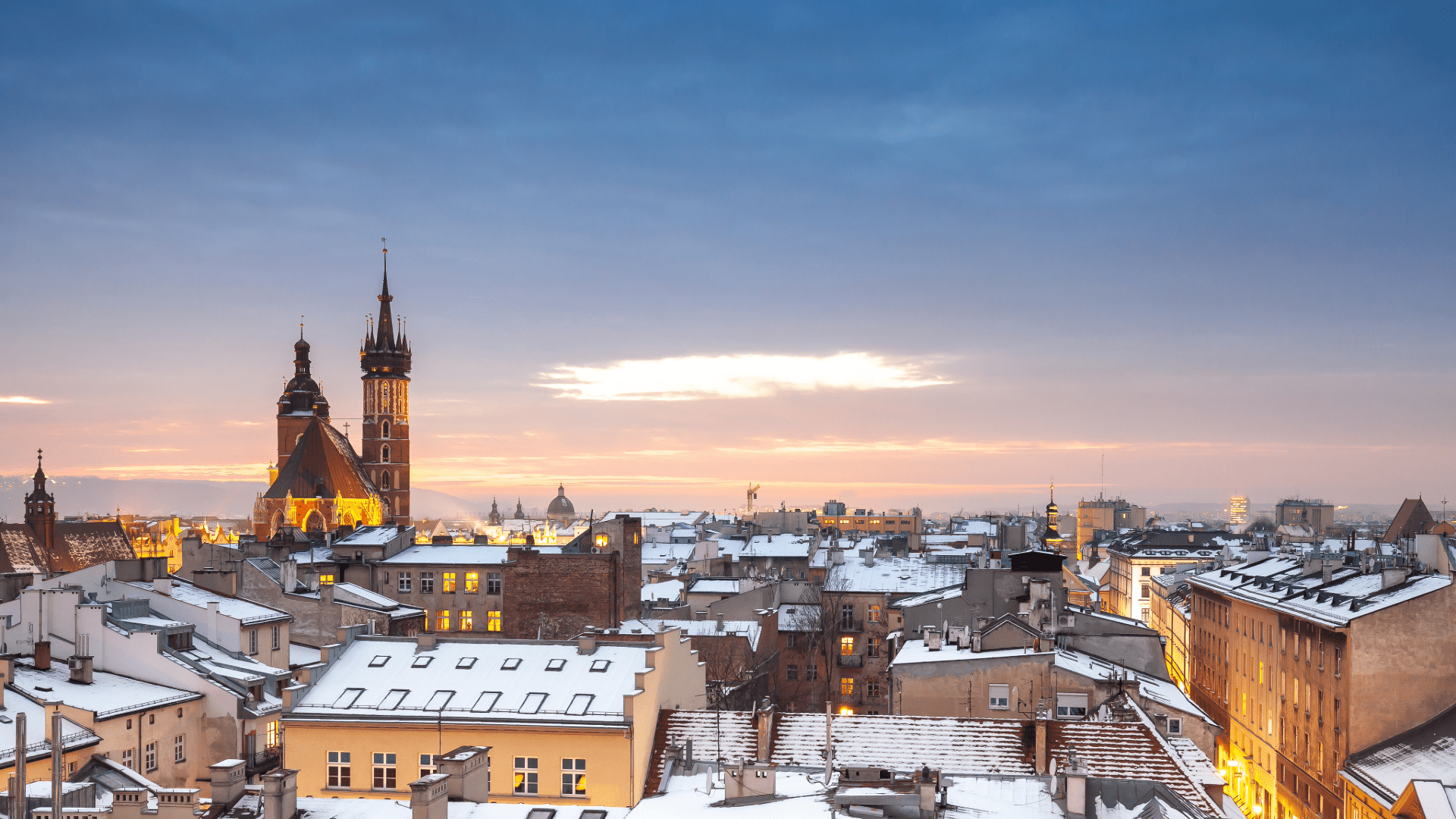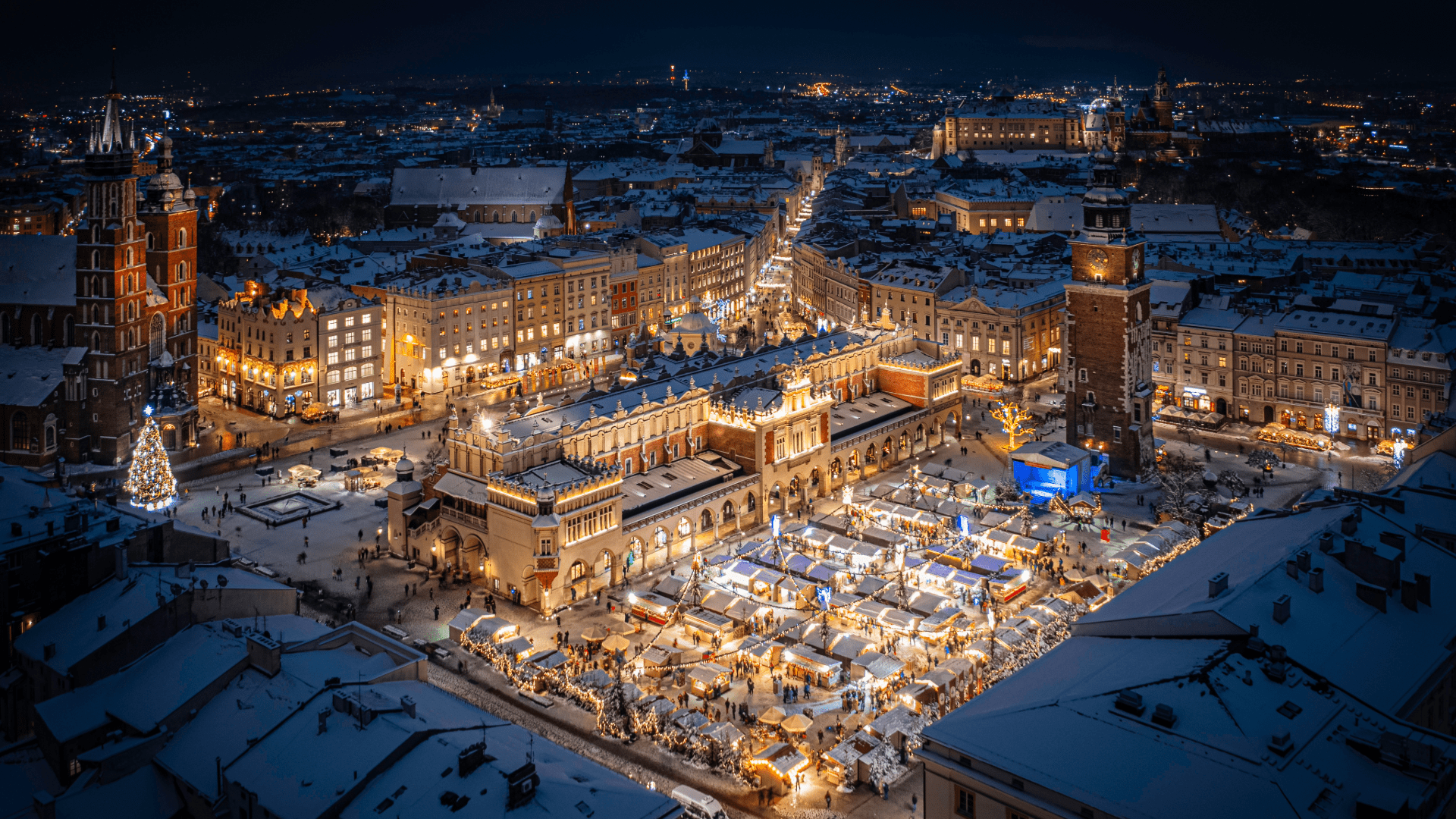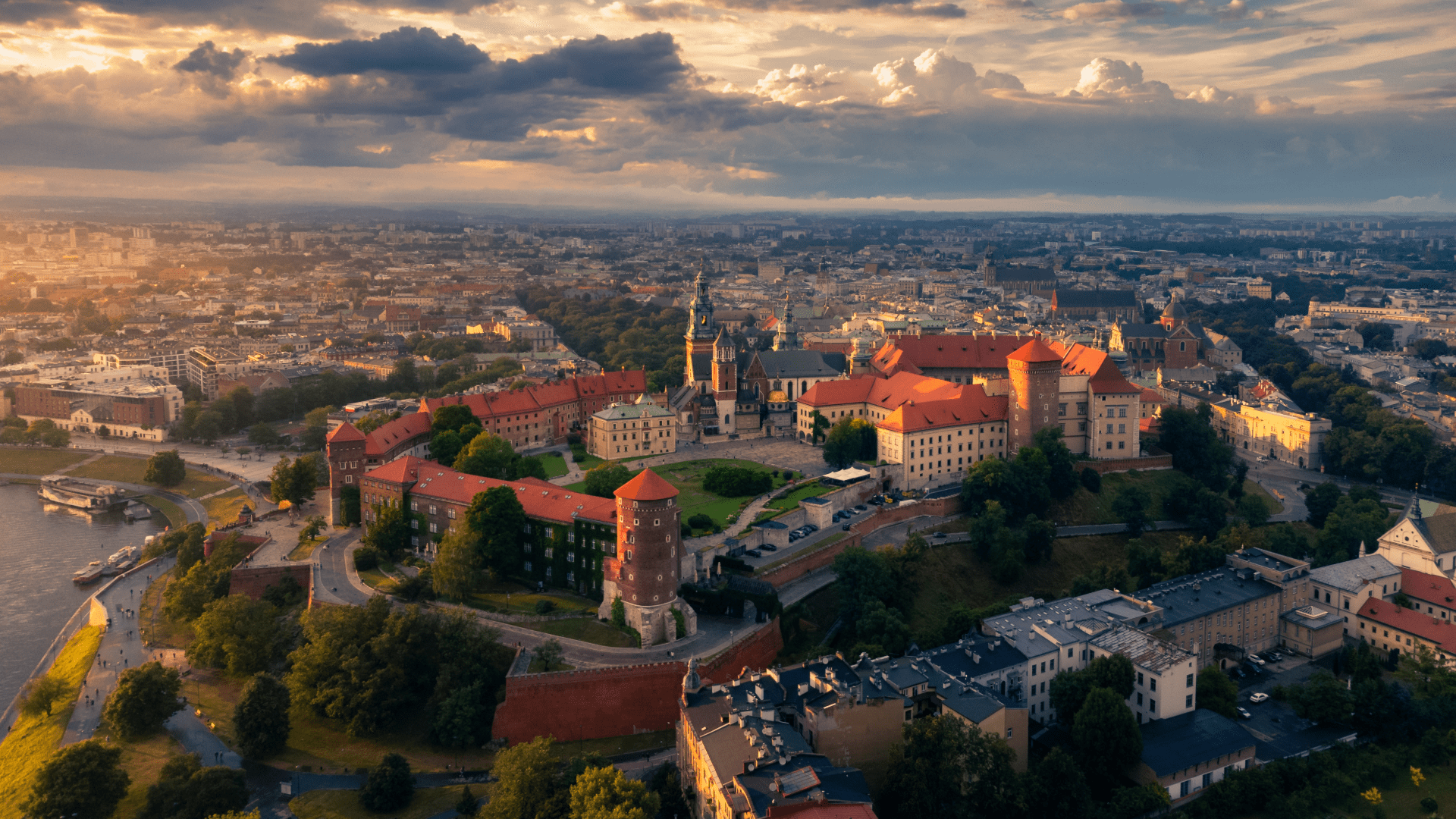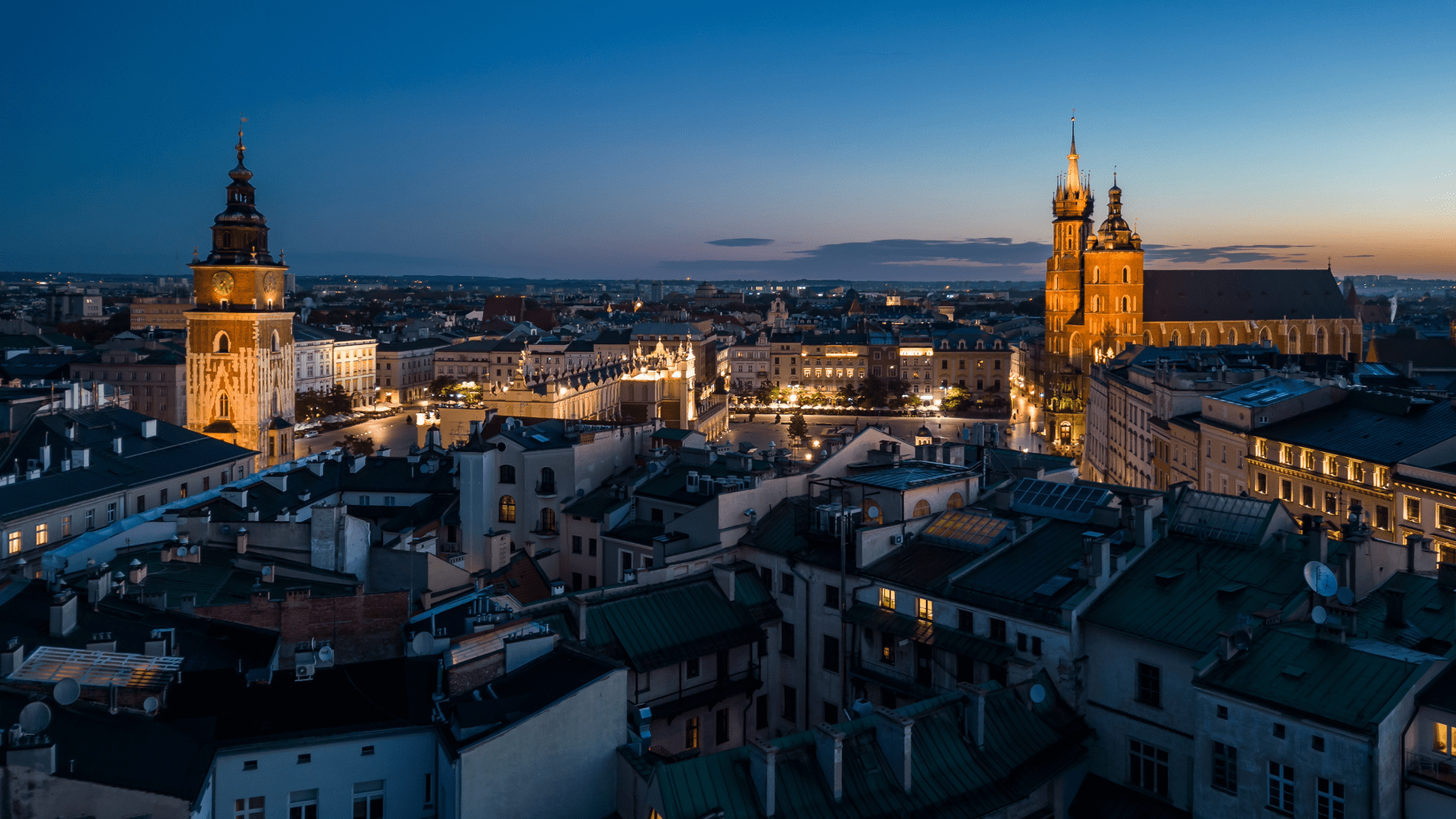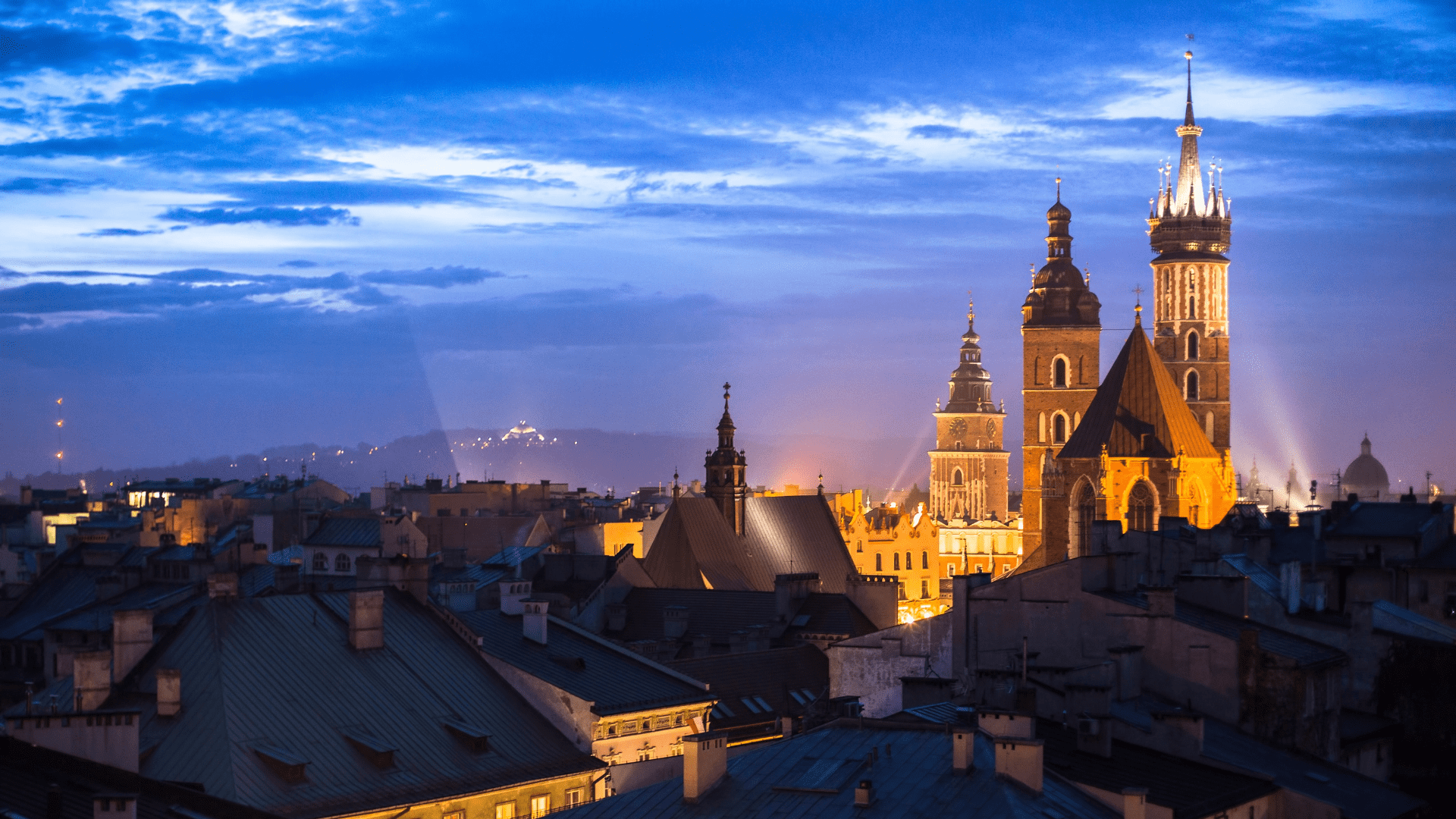Savoring Krakow: A Culinary Adventure Through the City's Flavors
Kraków, a city of unparalleled historical grandeur and architectural beauty, is also a vibrant cultural hub where the soul of Poland comes alive through its cuisine. For foreign tourists, embarking on a culinary journey through Kraków isn't just a delight for the palate but also a crucial part of understanding the country's rich heritage.
Krakow's Culinary Mosaic: A Historical Tapestry
Kraków's culinary scene boasts a rich tradition that has evolved over centuries, reflecting Poland's complex history. This evolution isn't merely a chronological progression but a testament to how cuisine has adapted to changing socio-political conditions.
In the pre-communist era, Polish cuisine, especially in Kraków, placed a strong emphasis on meats and plump poultry, resulting in rich and exquisite meals. This period showcased culinary abundance and sophistication. Subsequently, the communist era, marked by food shortages, fostered creativity in cooking, with common ingredients like potatoes and seasonal vegetables playing a more significant role. It was during this time that iconic dishes like zapiekanka were born. Similarly, milk bars (bary mleczne) flourished, adapting to meat rationing by focusing on dairy products.
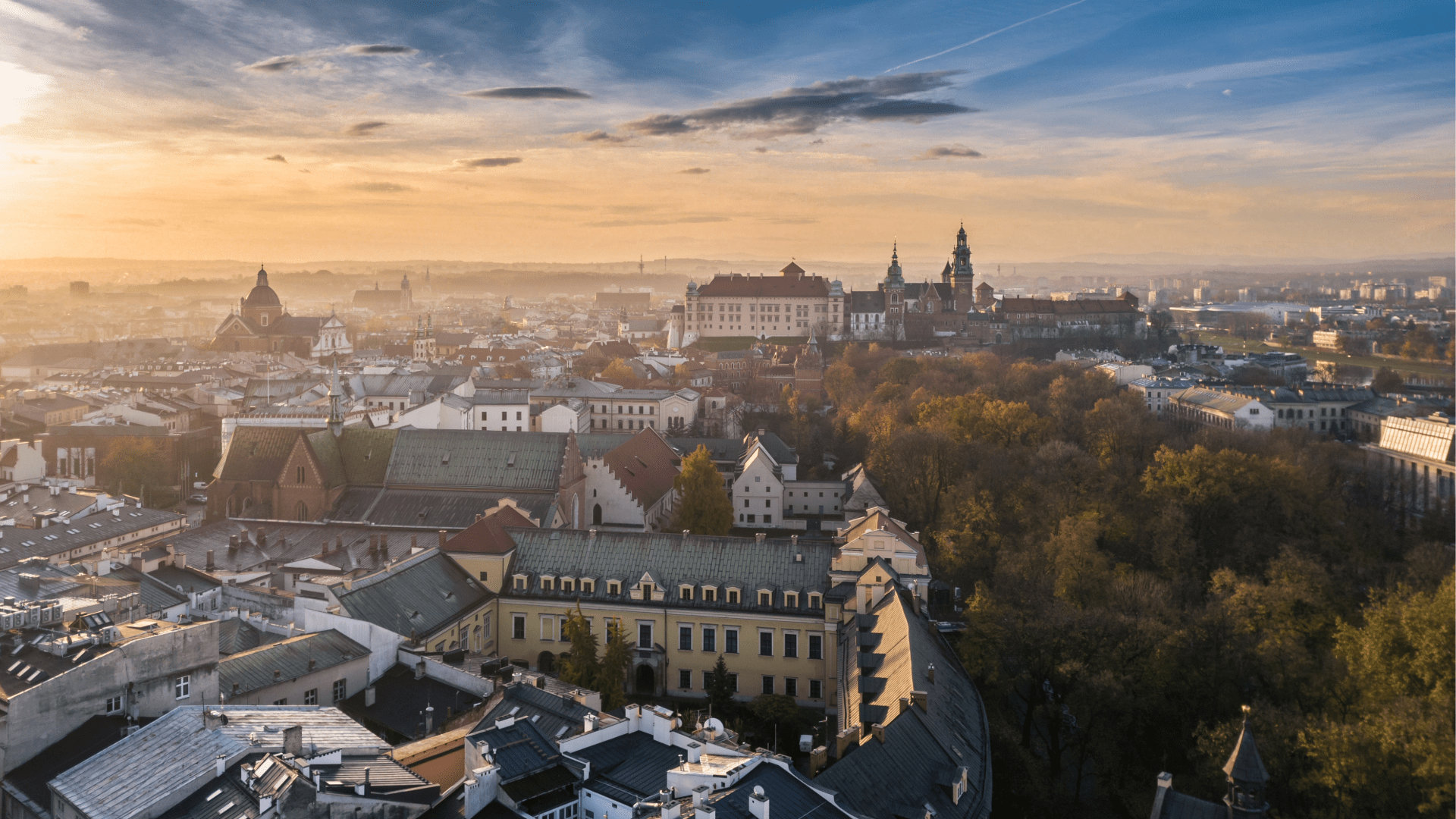
Kraków's culinary scene is a unique blend that incorporates the best of Slavic, Turkish, German, Hungarian, Jewish, and Armenian influences. This extensive list of influences reveals Kraków's historical position as a crossroads of empires and trade routes. The continuous influx of diverse culinary traditions has resulted in a unique fusion rather than a single, isolated cuisine. This means that Kraków's culinary scene offers a tangible experience of centuries of European cultural exchange, making it a particularly rich destination for culturally curious travelers.
Iconic Foods and Their Stories
Pierogi
Pierogi are a beloved dish in Poland, renowned for their richness of flavor. These filled dumplings, boiled or fried, can feature a variety of fillings. Ranging from savory (such as potato and cheese, cabbage and mushrooms, meat) to sweet (e.g., strawberries, blueberries).
Their history in Poland dates back to
the 13th century, with many legends surrounding their introduction to the country, one linking them to Saint Hyacinth, considered their patron saint. Originally a humble and economical item, pierogi have become a symbol of Polish culinary heritage. Their preparation is an art form, requiring careful dough and filling preparation. Kraków's annual
Pierogi Festival in August is a testament to the enduring popularity and cultural significance of pierogi.
Żurek
Żurek is a sour rye flour soup known for its distinctive taste. It has connections dating back to the Middle Ages when Polish peasants traditionally kept a ceramic pot in which they made their sourdough starter, often not washing it so that the fermentation from the previous batch could act as a starter for the next. This sour flavor comes from the fermentation of rye flour. In Kraków, żurek is often served in a hollowed-out bread bowl, adding an extra layer of texture and flavor.
Pączki
Pączki are traditional Polish doughnuts, somewhat similar to filled doughnuts but considerably lighter and fluffier. This is thanks to a small amount of grain alcohol added to the dough, which prevents oil absorption during frying. Traditionally, pączki are filled with rose hip jam and dusted with powdered sugar, though other flavors are available. Their immense popularity peaks on Fat Thursday (Tłusty Czwartek). On this day the millions of pączki are seen in every shop, and Poles consume them for good luck.
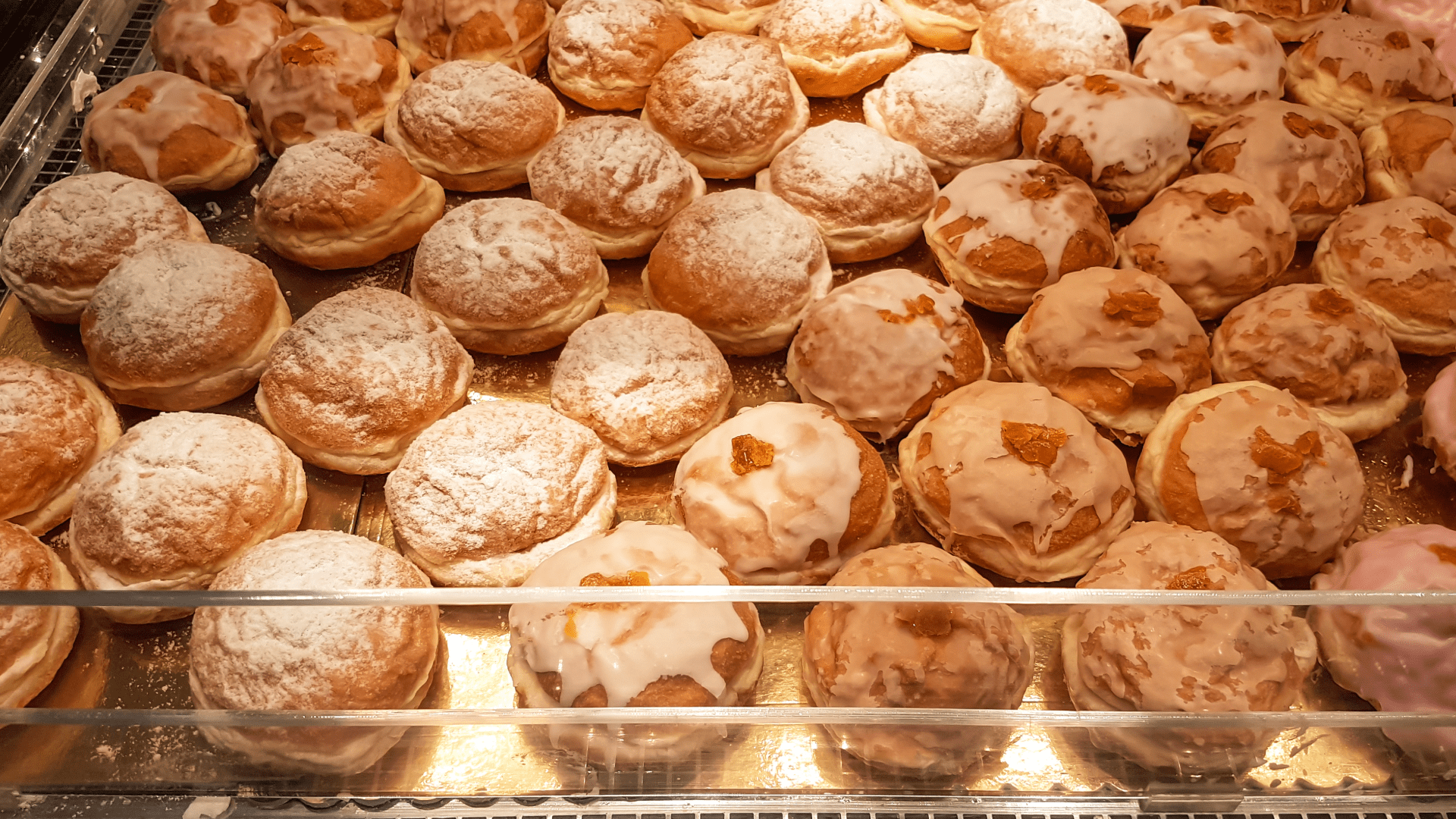
Kiełbasa
Kiełbasa is a staple of Polish cuisine and a key element of Polish culinary culture. In Poland, "kiełbasa" literally means "sausage" and doesn't refer to a specific type but a wide variety of cold cuts. It's served everywhere in Kraków – for holidays, special occasions like weddings, and as part of everyday Polish cooking. Kiełbasa Krakowska is a thick and smoked sausage, prepared from lean pork and seasoned with pepper, salt, garlic, coriander, and a touch of allspice.
Zapiekanka
Zapiekanka is traditional Polish street food at its finest, often referred to as "Polish pizza." It emerged in Poland during the post-war period, specifically in the 1970s, during the communist era.
Born out of necessity during times of food shortages, it demonstrated resourcefulness with limited ingredients. It has since evolved into a beloved snack and today is a symbol of Polish culinary ingenuity. The zapiekanka in the heart of Kazimierz, at Plac Nowy, is considered the first Polish fast food, reflecting Kraków's vibrant street food culture.
Obwarzanek Krakowski
The Obwarzanek Krakowski is a traditional Kraków bread and a symbol of the city. Its history dates back to the late 14th century, with its name deriving from the characteristic "obwarzanie" (parboiling) process.
Bakers traditionally prepared and sold them within the city walls during Lent. In 2010, the obwarzanek obtained Protected Geographical Indication (PGI) status, underscoring its unique regional identity and authenticity. It's one of Kraków's most recognizable symbols, sold by street vendors throughout the city.
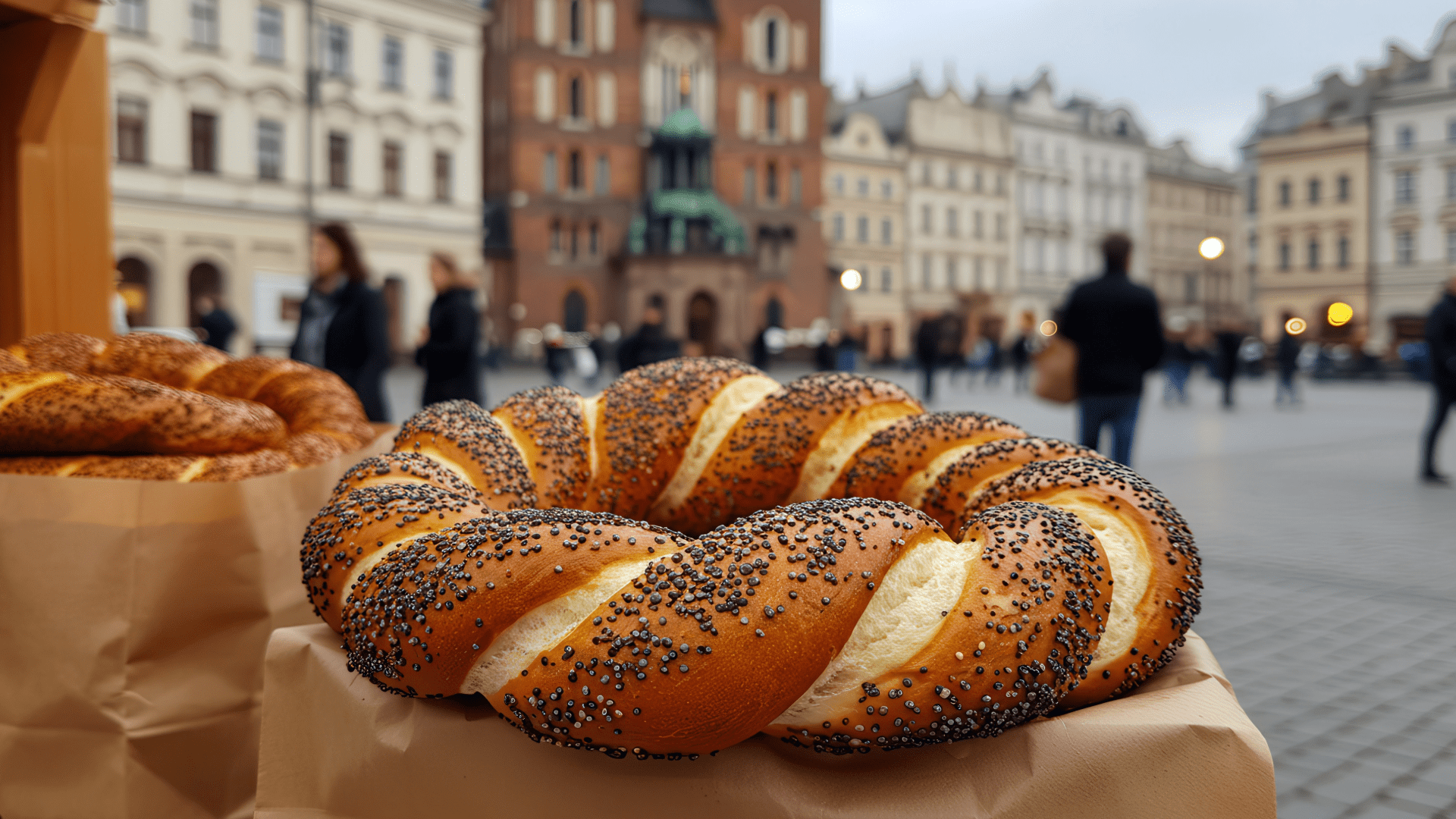
Where to Eat and How Culinary Tours Connect
Kraków offers a diverse range of venues to immerse yourself in its rich culinary scene, from traditional restaurants to historical milk bars and vibrant street food stalls.
Milk bars (bary mleczne) offer a unique glimpse into history. Originating in the late 19th century as government-subsidized canteens for workers. They flourished after WWI and WWII, becoming an affordable way to eat out during the communist period. Initially, they focused on dairy products due to meat rationing. Today, they are experiencing a resurgence in popularity among both locals and tourists, offering inexpensive, cafeteria-style meals and generous portions. They are a great option to try traditional Polish food without breaking the bank.
Kraków also has a vibrant street food scene where traditional dishes are readily available. Zapiekanka is particularly popular at Plac Nowy in the Kazimierz district, and street vendors widely sell the Obwarzanek Krakowski. Bakeries and patisseries are ideal for trying pączki and other Polish pastries. For alcoholic beverages like vodka, specialized bars are available.
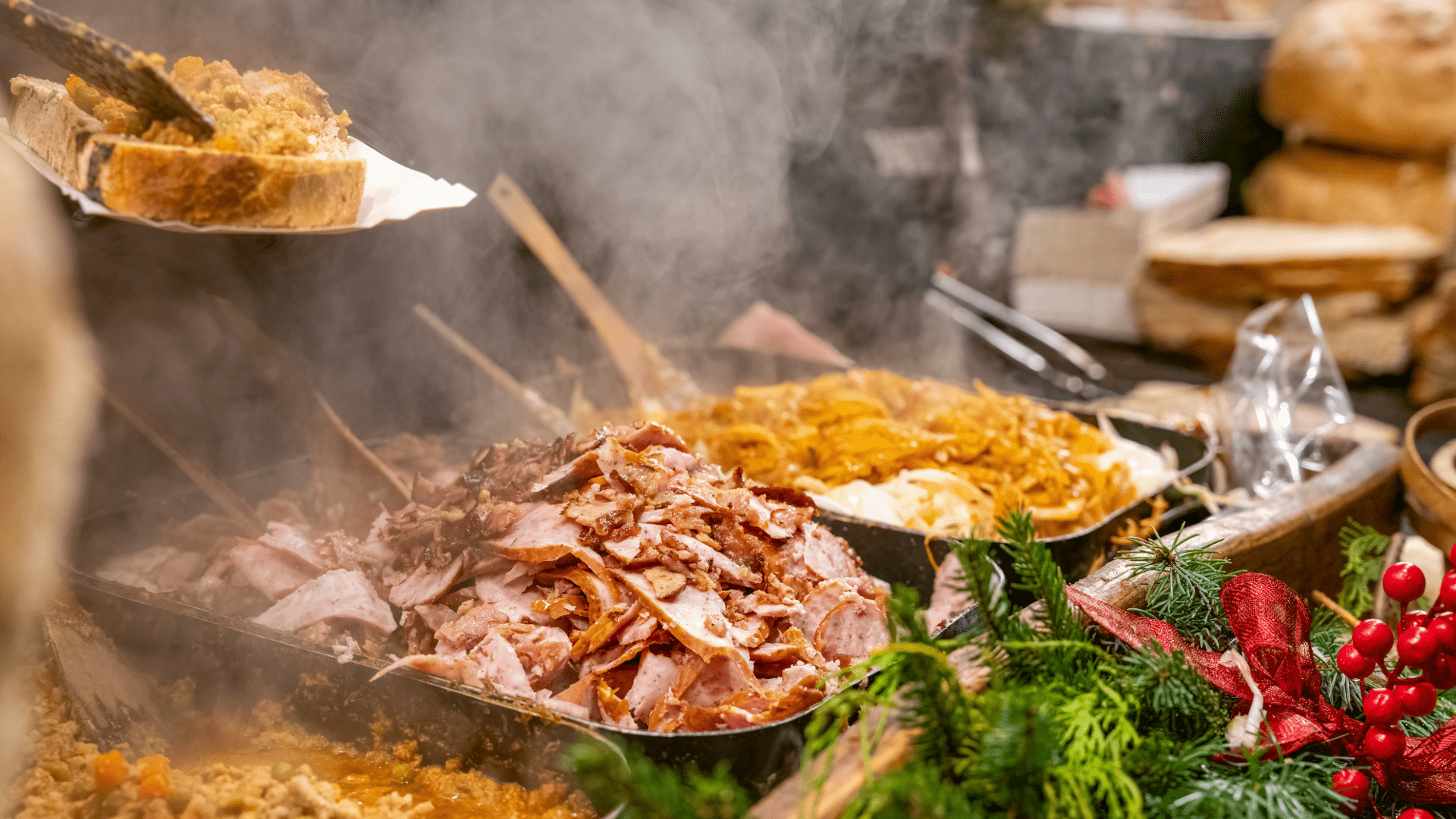
Navigating Kraków's Culinary Landscape
Engaging with Kraków's culinary scene is a delight. Travelers can use some practical tips. These cover currency, transportation, and local customs.
Currency
The official currency in Poland is the Polish Złoty (PLN). It's advisable to avoid currency exchange offices in tourist areas, as they may offer less favorable rates. Instead, withdrawing cash from an ATM or using a trusted exchange office is recommended.
Transportation
For convenient travel, Bolt or Uber is the easiest way to get around if you prefer not to use public transport. Trams and buses are also efficient and affordable options for navigating the city. You can easily purchase tickets for public transportation and check schedules using popular apps like Jakdojade, making it simple to get around.
Seamless Navigation
Exploring Kraków's culinary hotspots is made incredibly easy with Google Maps. It helps whether you're walking to a traditional milk bar. It's also perfect for finding the best zapiekanka stall. The app provides accurate directions. You'll find public transport routes. It even shows opening hours for many eateries. This ensures you find your next delicious bite easily.

Embark on Your Krakow Culinary Adventure!
Kraków's culinary scene is a vibrant blend of old and new. Where traditional recipes continue to thrive alongside modern gastronomic creations. Exploring these dishes is a fantastic way to experience the true taste of Polish culture and tradition.
Ready to taste the magic of Kraków? Book your unforgettable culinary tour with #HelloCracow today and let us guide you through the city's most delicious secrets!
